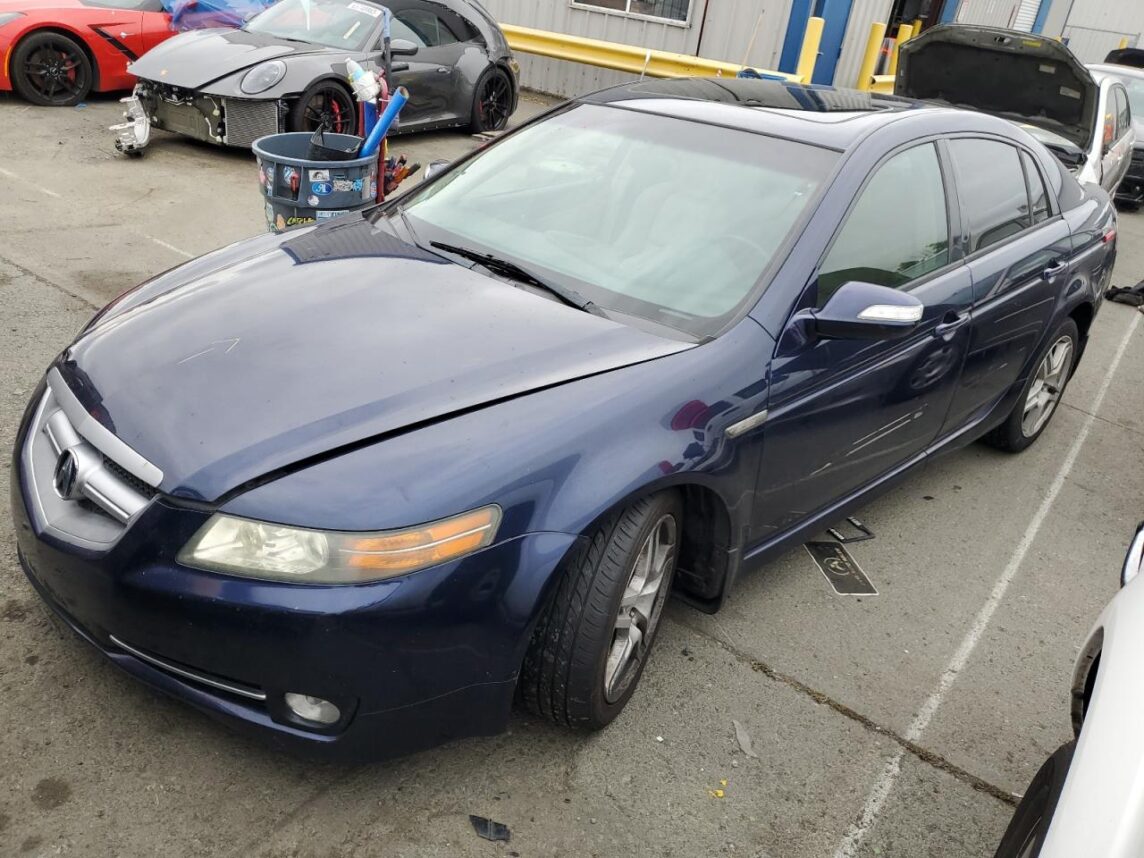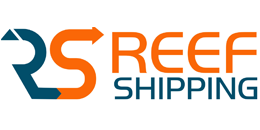What is RoRo Shipping? How Vehicles Shipping through RoRo Ships?
RORO (roll-on/roll-off) shipping involves transporting vehicles and heavy machinery on large ocean-going vessels for international shipping. Unlike traditional container shipping, the RORO system allows goods to be driven directly onto a ship at the port of departure and off at the destination port. This seamless process offers a significant advantage when handling large or heavy goods.
RORO shipping is also a popular and cost-effective method of shipping personal vehicles and other types of goods. It is a mode of transportation that involves driving a vehicle directly. It is designed to carry vehicles safely and protect them from damage from wind and water. It can carry a wide range of vehicles, including motorcycles, cars, 4x4s, campers, expedition trucks, commercial trucks, heavy equipment, and other cargo. Compared to container transportation, the RORO system is the simplest and most efficient process that does not require longer storage or transportation. It also makes it an efficient and cost-effective mode of transport, as port and customs procedures are generally uncomplicated. Let us understand exactly what RORO is and how it is useful for transporting large vehicles.
Main Characteristics and Advantages of RORO Ships
Designed to Transport Vehicles:
RORO ships are specifically designed to handle a wide range of vehicles, including regular cars, large trucks, campers, machinery, and heavy equipment.
Spacious and Modular:
The expansive interiors of RORO ships can be adjusted and divided as needed to accommodate vehicles and machinery of various sizes.
Ease of Access:
Featuring integrated ramps and multiple decks, these vessels are designed for the seamless loading and unloading of vehicles with minimal handling.
Advantages
Safety:
RORO shipping reduces the risk of damage during the loading and unloading process. Vehicles are securely strapped inside the vessel, protecting them from the elements and ensuring stability during transport.
Efficiency:
The roll-on/roll-off method eliminates the need for cranes and extensive labor, allowing for faster and more efficient loading and unloading.
Cost-Effectiveness:
For large vehicles and machinery, RORO shipping is often more economical than container shipping or other methods.
For the international shipping of large vehicles and heavy equipment, RORO shipping is often the optimal choice. With their specialized design and emphasis on safety and efficiency, RORO vessels offer an invaluable service for the global transportation of cars, RVs, trucks, and more.
RORO car and vehicle shipping services
Reef offers RORO car and vehicle shipping services worldwide to and from major ports in the EU (UK, Belgium, and Germany) and North America (US). This allows our team to advise you on shipping availability to your desired destinations in South America, including the United States, Canada, Mexico, Colombia, Chile, Argentina, Uruguay, South Africa, Namibia, Kenya, Asia, Australia, and New Zealand, and whether container shipping is a more convenient or cost-effective option. can also be determined.
We recognize that each region presents unique challenges and requirements, which is why we customize our services to meet the specific needs of each client. Our extensive experience with the complexities of customs clearance procedures in various countries enables us to navigate challenges that might be overwhelming for those unfamiliar with local regulations. For example, we manage EPA waivers for entry into the United States and carnet requirements for Africa.
Shipping a vehicle is a very complicated process. We aim to make vehicle shipping as straightforward and hassle-free as possible for our customers. Reef also provides vehicle collection, delivery, customs clearance, and insurance services. We want your vehicle to get there on time and without any damage. That’s what matters most to us. We can ship your RORO vehicle precisely and efficiently, so you can relax and trust us with the job.
We offer reliable and efficient RORO vehicle transportation services to various destinations worldwide. We can transport your passenger vehicles, cars, 4x4s, motorhomes, trucks, heavy machinery, and factories globally.
We are dedicated to providing high-quality service tailored to meet your specific needs. Whether shipping a single vehicle or an entire fleet, we ensure your vehicle arrives safely and on time. Trust us to handle your RORO vehicle shipping needs efficiently.
How Much Does RORO (Roll On, Roll Off) Shipping Cost?
The cost of RORO shipping depends on several factors, including the departure and arrival locations, the carrier used, and the dimensions and weight of the vehicle.
We can ship your RORO vehicle from many countries, including the UAE, UK, Belgium, Germany, USA, Canada, South Africa, Australia, New Zealand, and many more.
Shipping costs are often calculated either as a unit rate for smaller vehicles or based on cubic meters (LxWxH), length in meters, or square feet.
Moving internationally? Reef Shipping takes the stress out of customs and border crossings. We’re experts in international shipping, so your belongings get where they need to be smoothly and efficiently. Whether you’re an individual or a business, we offer a range of services to make your relocation a success. To get an instant quote and pricing for RORO transport, please fill out our online form.













